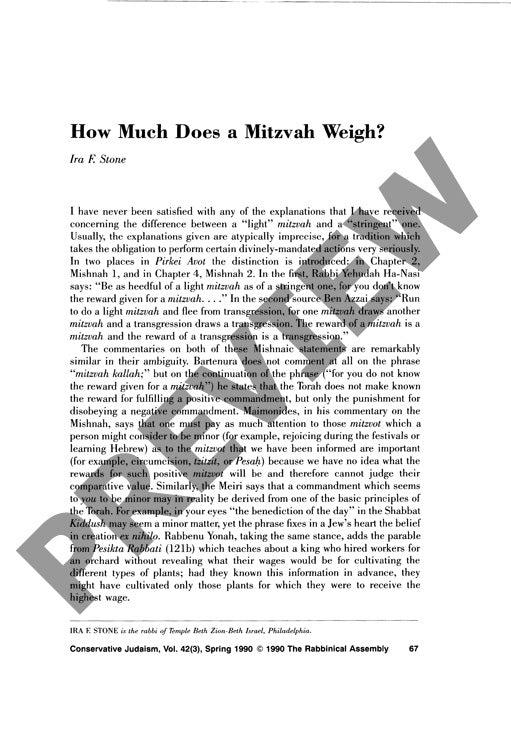How Much Does a Mitzvah Weigh
Couldn't load pickup availability
When rabbis in the Mishnah distinguish between "light" and "stringent" religious commandments (mitzvot), they point to a deeper truth about religious observance than initially meets the eye. Through analysis of two key Mishnaic passages in Pirkei Avot (Chapter 2, Mishnah 1 and Chapter 4, Mishnah 2) and their traditional commentaries, including works by Bartenura, Maimonides, Meiri, and Rabbenu Yonah, a more nuanced understanding emerges. While traditional commentators either reject the light-stringent distinction as misconception or acknowledge but discourage its practical application, Avot de-Rabbi Natan Chapter 2 reveals a crucial insight: mitzvot kallot ("light" commandments) are not less important, but rather more vulnerable—specifically those religious duties performed privately between the individual and God without community witness. Private observances like ritual purity and marital relations lack the social reinforcement that helps sustain more public religious practices. This reframing explains why rabbinic literature emphasizes maintaining equal dedication to both public and private mitzvot, recognizing that commandments performed away from communal oversight require particular vigilance against neglect.

More Information
-
Physical Description
-
Publication Information
Published 1990
ISBN
-
Publication Credits
Ira Stone

